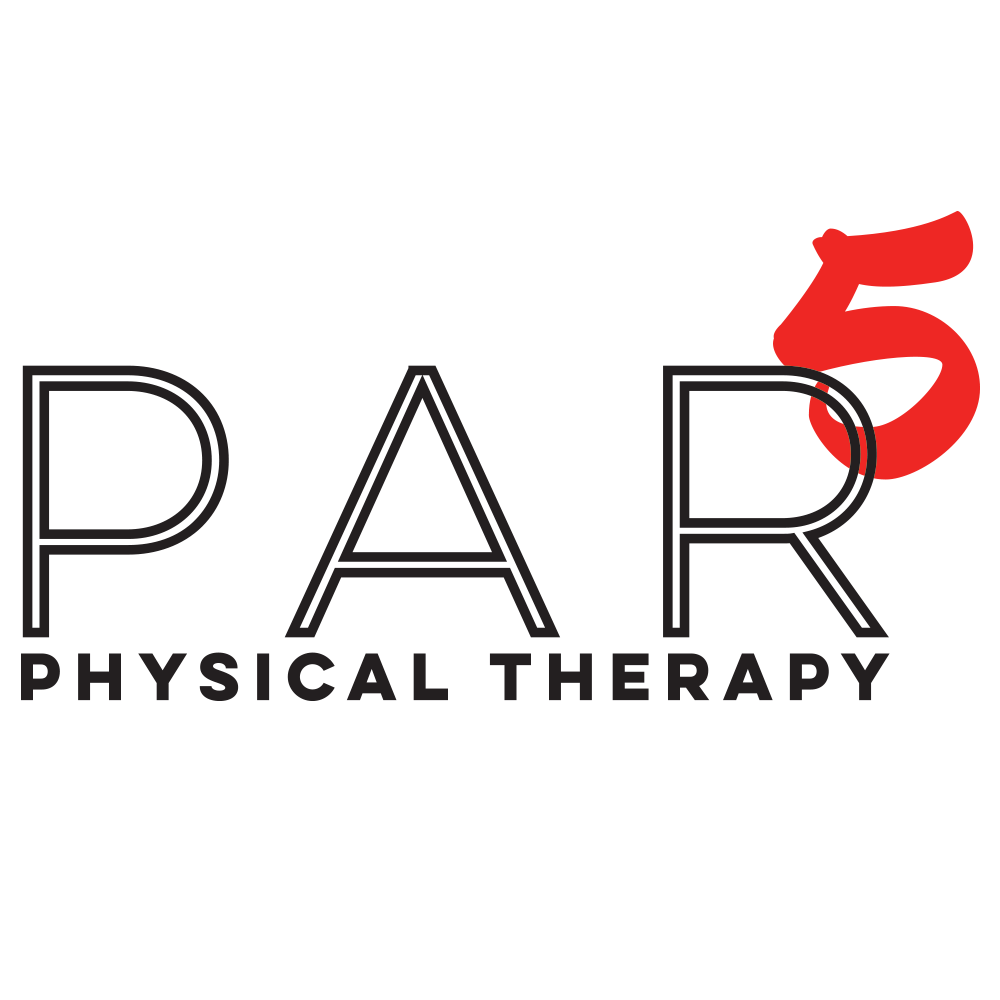Heel pain and how to treat it
How to treat heel pain
Plantar fasciitis, heel pain, bursitis, Achilles tendinosis. It goes by a few names, but whatever you call it, it hurts when you put your foot on the ground and when you walk. The location and when it hurts (in the morning or in the afternoon/evening) can help diagnose the exact cause of the heel pain. But how can you get rid of it?
Footwear can play a role in making it worse or better. Inserting a heel lift into your shoe can reduce the pain in the short-term, but it's no long-term solution. For treating heel pain permanently, you have to look at the whole lower leg and not just at the heel.
The soft tissue and muscles in the back of your lower leg can influence the way your ankle and foot move. If this tissue is tight and short, it can create limited movement in the ankle. If the ankle gets tight and restricted, then the soft tissue structures that connect to your ankle are placed under increased stress and tension. This is the crux of heel pain. Everything is interconnected.
Pain and tenderness in the bottom of your foot near the heel indicate a plantar fascia problem. And if the pain and tenderness is in the back of the heel, this may indicate an Achilles tendon problem. The first step is improving your flexibility in the back of the lower leg and heel.
Mobilize and stretch
Stretching is one method to improve flexibility. But don't forget about soft tissue mobilization. Prior to stretching, take a tennis ball, lacrosse ball, or something similar and roll the bottom of your foot and the back of your lower leg. Apply as much pressure as you can tolerate, move slowly and deeply. If you find a dense, painful spot, spend more time on that spot and move slowly.
After about 2 minutes, your foot and lower leg should feel a bit looser and ready to be stretched. When you stretch, hold each position at least 30 seconds. A classic calf stretch would be a good place to start. You can even elevate the front part of your foot with a textbook, but make sure your heel remains on the ground. The other point to remember is to make sure your foot is pointed straight ahead and not turned off-center.
Then after you stretched out the soft tissue, it's time to work on the ankle mobility. The easiest way in to try and place your foot up against a wall: heel stays on the ground, place your toes up as high on the wall, keeping your heel on the ground. Now bend and straighten your knee, moving your knee forward and backward.
This movement back and forth can help mobilize your ankle and loosen up the joint. Try this for up to 2 minutes.
Strengthen your foot muscles
Next, take a look at your foot structure and your foot muscles. Sitting down, place your feet straight, right below your knees. Is there space underneath the inside of your foot? This can indicate an issue with the arch and structure of your foot. Next, keeping your toes flat on the floor, try and separate all your toes. Then try and lift only your big toe and not any of the other toes. Then try and reverse that, by keeping your big toe down on the floor and lift all the other toes. These movements help strengthen and build coordination in the muscles inside your foot.
Then moving to the calf muscles, you can do heel raises, but in a specific way to increase the strength of your Achilles tendon. Start standing, raise both heels up as high as you can, then take away one foot maintaining your height on one leg, then lower slowly with one foot. Try this 5-10 times a day.
These are some techniques to get rid of heel pain. But not solutions work for everybody. So if this isn't helping, and you want a closer look at your heel and a customized, hands-on approach, contact me directly and I can take care of it for you.

